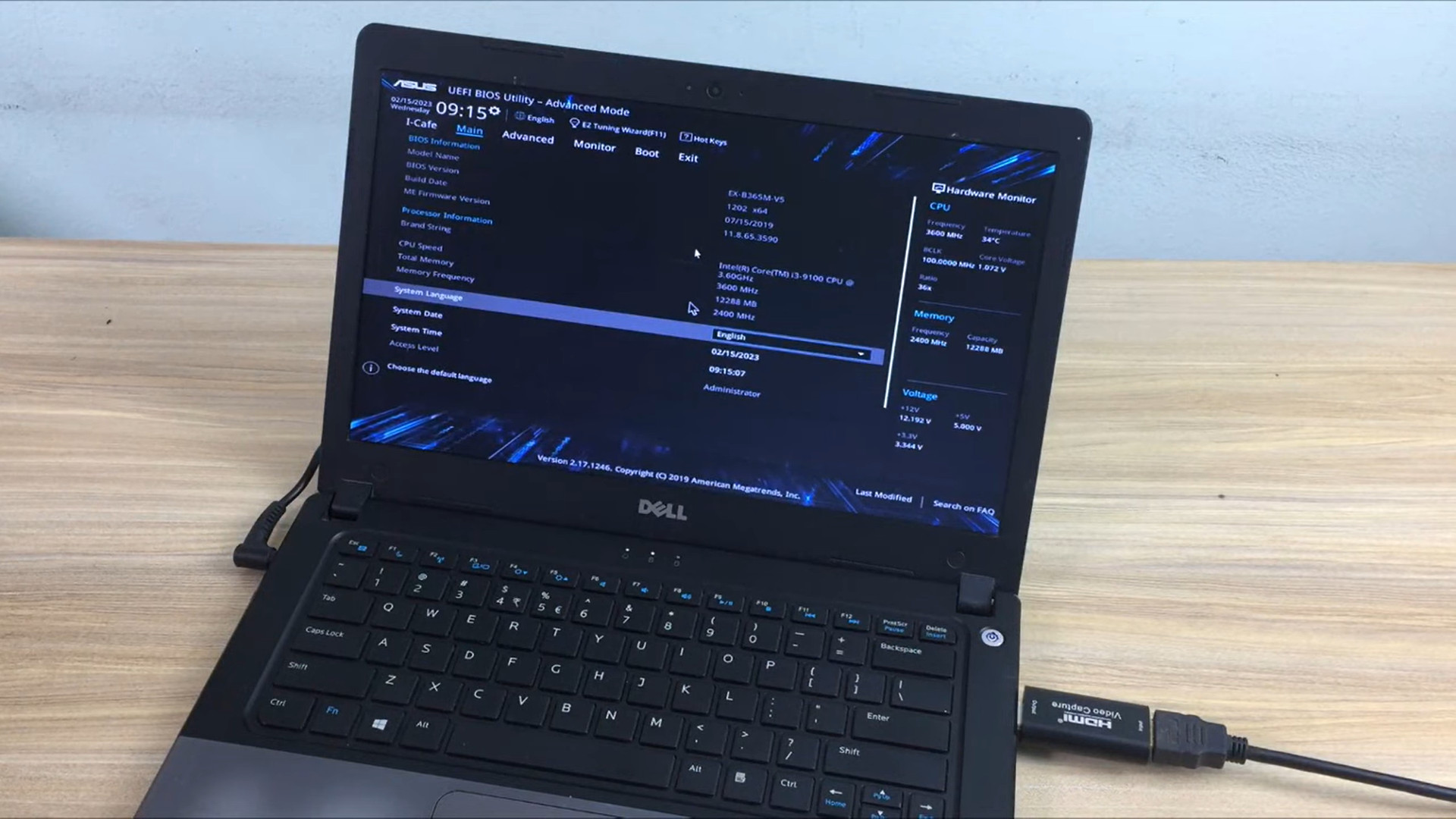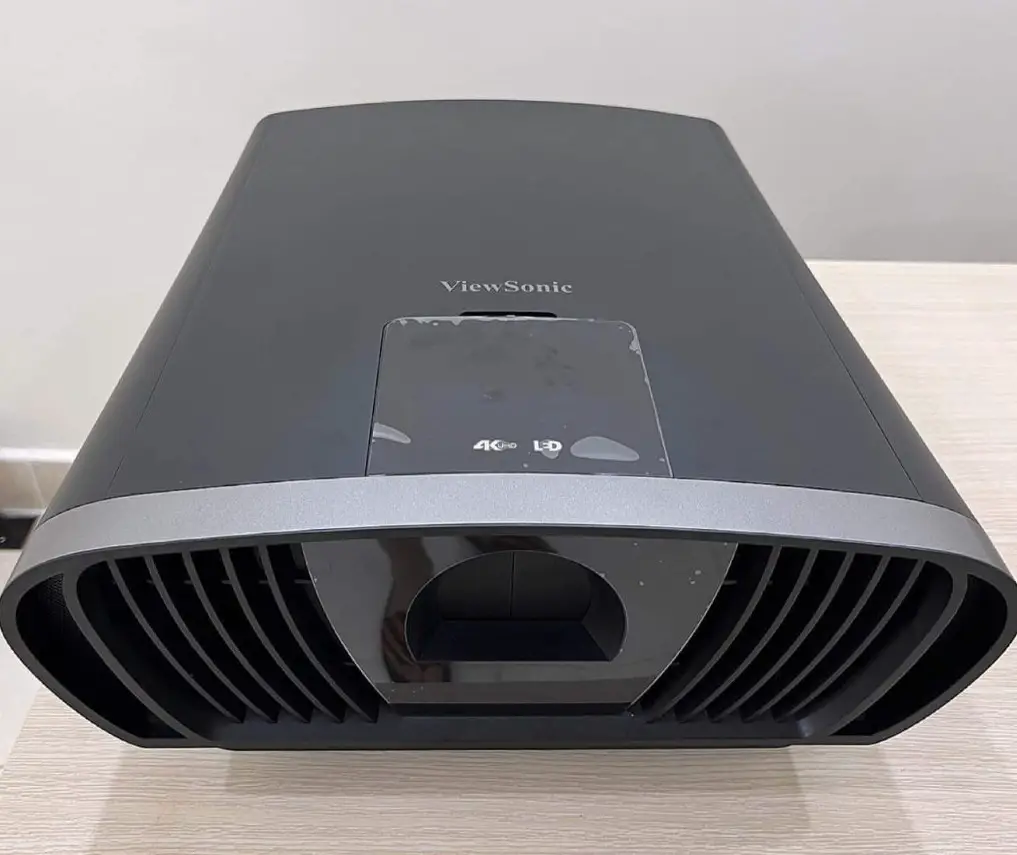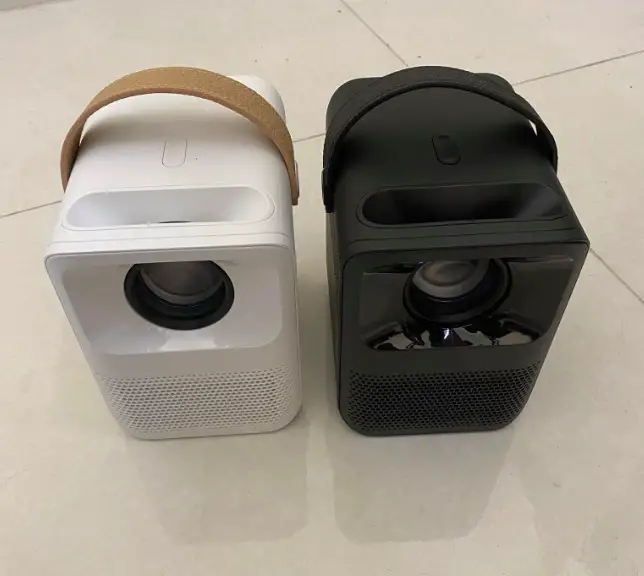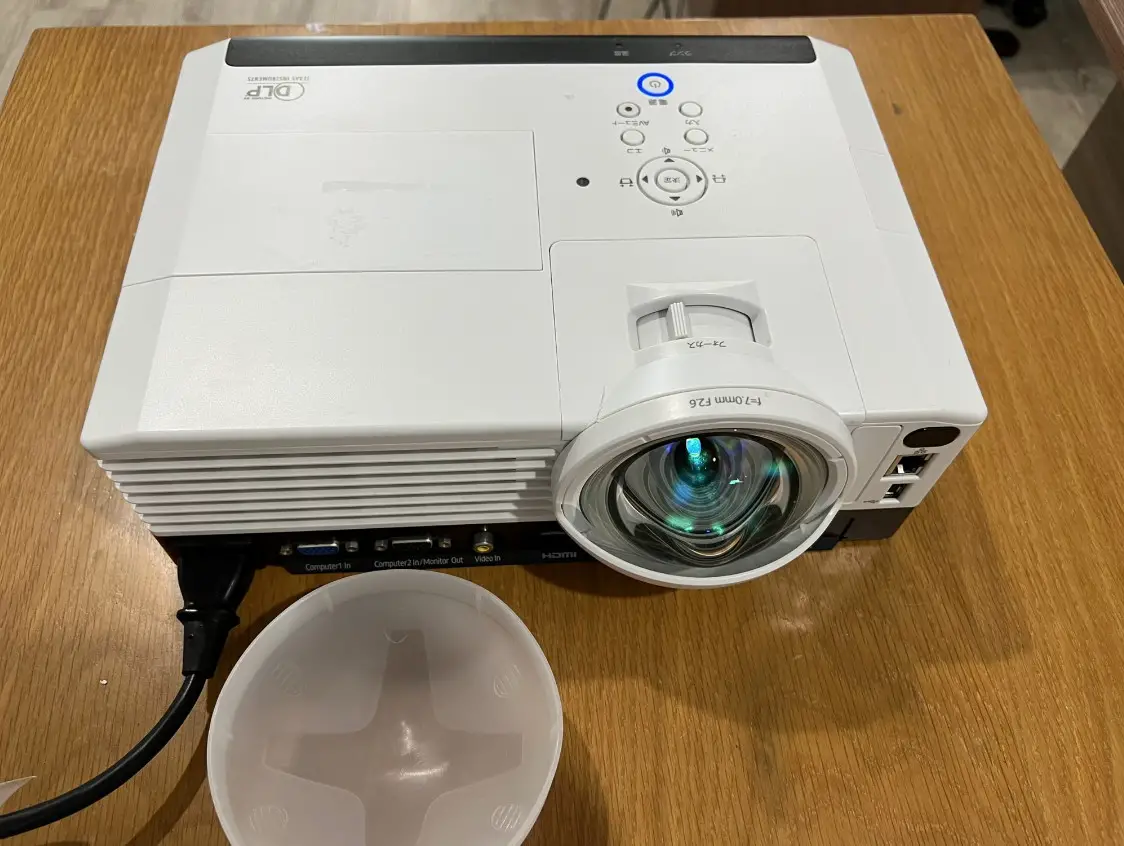What is the Projector Throw Ratio?
The projector throw ratio refers to a straightforward formula. It allows you to determine mage width or throw distance even if you know the measurements.
The resolution of the image depends significantly on the throw ratio. For example, if you sit too far from your screen, the image you get will be pixelated.
Therefore, you should only follow the recommended ratio of your project for the best experience. So what is the projector throw ratio? Let’s find out!
Contents
What Is The Projector Throw Ratio?
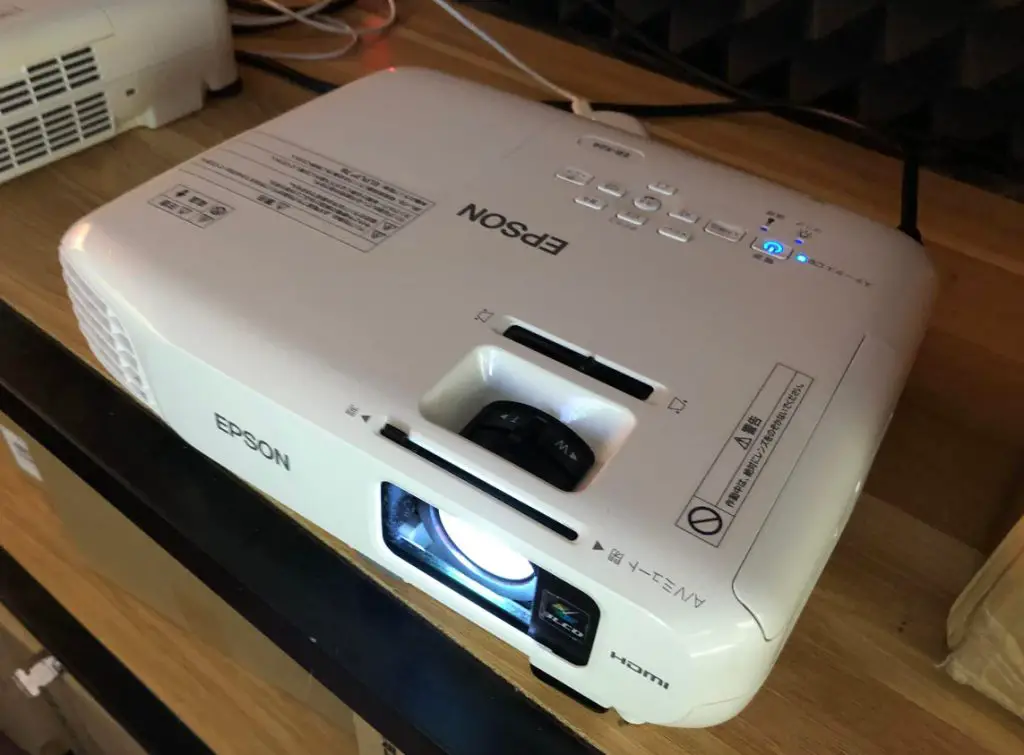
The throw ratio refers to the close relationship between the throw distance and the width of the projected image.
The throw distance is between the projector’s lens and the projected image. The throw distance is proportional to the image size based on your machine lens.
Hence, if you raise the distance between your lens and screen, the image you get will also rise.
How To Determine This Ratio?
The following is a formula that allows you to determine the throw ratio. It’s simple and accessible, even if you’re a newbie.
The throw ratio is calculated by dividing Throw Distance by Image Width.
This throw ratio will tell you what image size your machine can project from a certain distance.
For example, if you work out your throw ratio is two indicators. That means throw distance is 1.5 feet for every 2 feet of the image width.
So the smaller the throw ratio, the larger the image your projector would produce at a shorter throw distance.
Projector Type & Throw Ratios Respectively
Thanks to the simple but helpful formula above, it should be easy to determine the type of projector you need, such as:
| Projector Type | The Throw Ratio |
| Normal | Above 1.1 |
| Short throw | Between 0.38 and 0.76 |
| Ultra-short throw | Under 0.38 |
Why Is This Ratio Essential?
The shorter the throw ratio, the nearer the distance a projector can project, which works well in smaller rooms.
So determining this ratio is very important for those looking for a projector suitable for their space or the right location to place their projector.
For example, you must calculate the throw ratio to avoid being cramped for space. It is essential in building a home theater.
Utilizes For Short Throw And Ultrashort Projectors
Some special cases require you will need to use short/ultra-short throw projectors, including:
- Tight conference room
- Small home theater
- Classroom (Small)
- Church
- Presentation
Projector Throw Ratio Calculation Tool
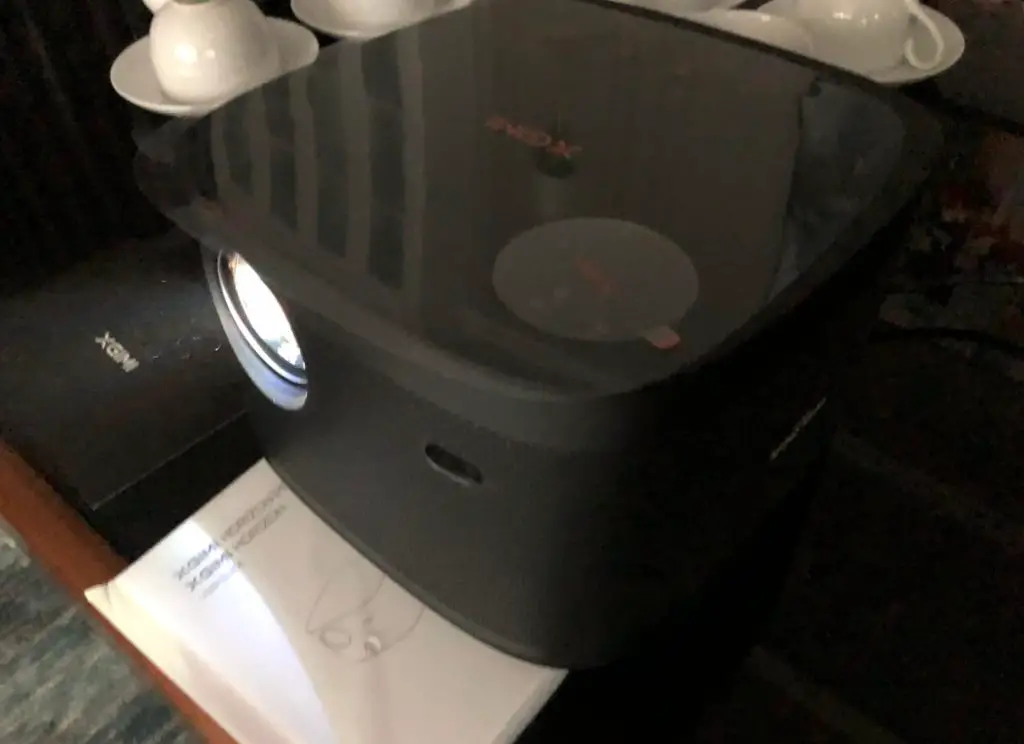
If the projector you choose features a zoom lens, it is possible to change the size of the image you receive while the distance will remain the same.
These lenses are different. So, you should use an online projection calculator to get the job done. One of the most popular tools today is the EPSON calculator, which allows you to get accurate results quickly and easily.
Read more: Uses of projectors
Projection Distance
It is the distance between a screen and your projector which determines the size of images that you will get.
Typically, images will increase as the distance rises. Yet, it also depends on many factors, depending on the aspect ratio, zoom, resolution, etc.
You can rely on the following tables to determine the projection distance:
- Aspect Ratio 16:10
| Size Of Image (inches) | Projection Distance (inches) |
| From 78 to 80 | From 95 to 105 |
| From 100 to 102 | From 120 to 130 |
| From 115 to 120 | From 145 to 160 |
| From 145 to 150 | From 180 to 200 |
- Aspect Ratio 4:3
| Size Of Image (inches) | Projection Distance (inches) |
| From 78 to 80 | From 110 to 120 |
| From 105 to 110 | From 135 to 150 |
| From 115 to 120 | From 165 to 180 |
| 150 | From 208 to 227 |
- Aspect Ratio 16:9
| Size Of Image (inches) | Projection Distance (inches) |
| From 78 to 80 | From 110 to 120 |
| From 95 to 100 | From 125 to 135 |
| From 115 to 120 | From 150 to 165 |
| From 145 to 150 | From 189 to 205 |
FAQs
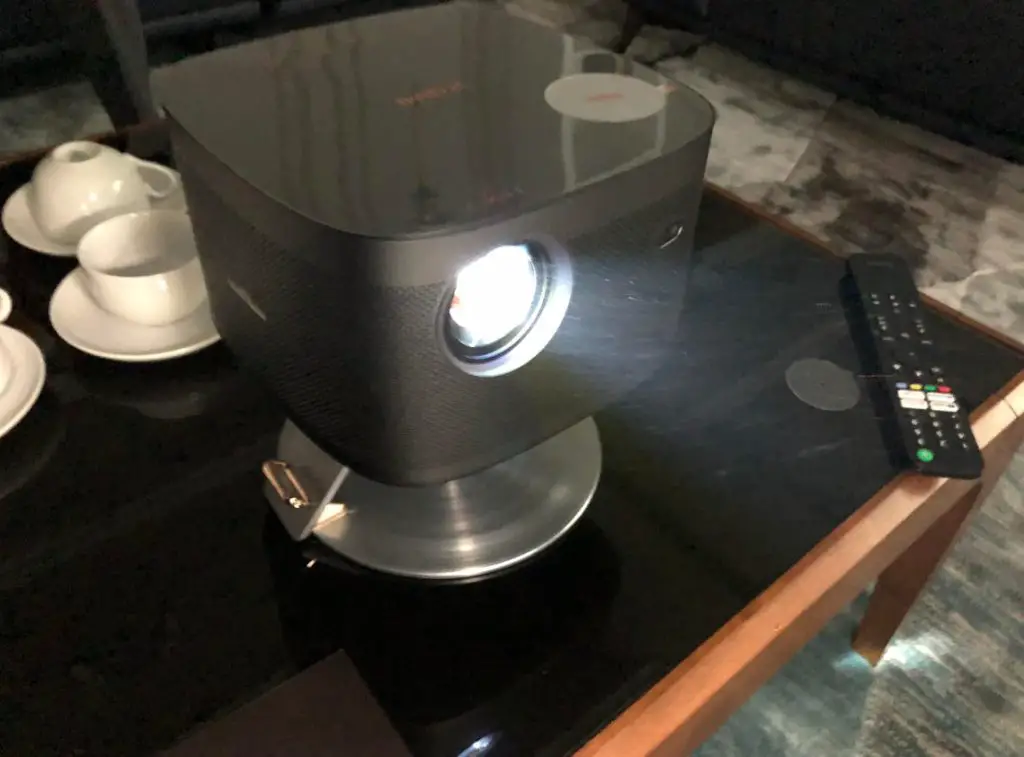
Is Throw Ratio the Same as Zoom Ratio?
In regards to the throw and zoom ratio, it can show how far the image can get. Zoom ratio should help calibrate the size of the projection, while throw ratio helps us know how far we should place our projector relative to a screen.
Is Higher Throw Ratio Better?
The smaller the throw ratio, the larger the image your projector will create at a shorter throw distance.
Related: How to make projector brighter
What Are Pros and Cons of Short Throw Projector
Pros
- Space-saving
- Brighter
- Longer lamp life
- Less maintenance
- Low ongoing cost
- Powerful speaker
Cons
- Expensive
- Smaller Screen
When Would I Utilize a Short-Throw Projector?
If you own a medium/small room or prefer to explore more brightness with less ongoing cost and maintenance, it is wise to pick a short-throw projector.
How Long Does Short-Throw Projectors Last?
The lifespan of these range projectors can exceed your expectations.
It is not feasible to give a certain lifespan for short-throw projectors. However, many users have confirmed that these models usually last more than 5 years.
Are Short-Throw Projectors Brighter?
Equipped with the latest light engines such as LEDs and lasers, the short-throw models are brighter than their long-throw counterparts.
Can I Mount the Short Throw Projector on the Ceiling?
The short answer is yes. It is possible to get short-throw models that can be ceilings mounted, such as BenQ HT2150ST and Benq HT671ST.
Do Short-Throw Projectors Have Special Screen Requirements?
No. You can use it on regular monitors.
Conclusion
You have reached the end of this article. Hopefully, the valuable information we have provided has helped you better understand the projector throw ratio.
Thank you for reading! If you found this article interesting, please share it!

